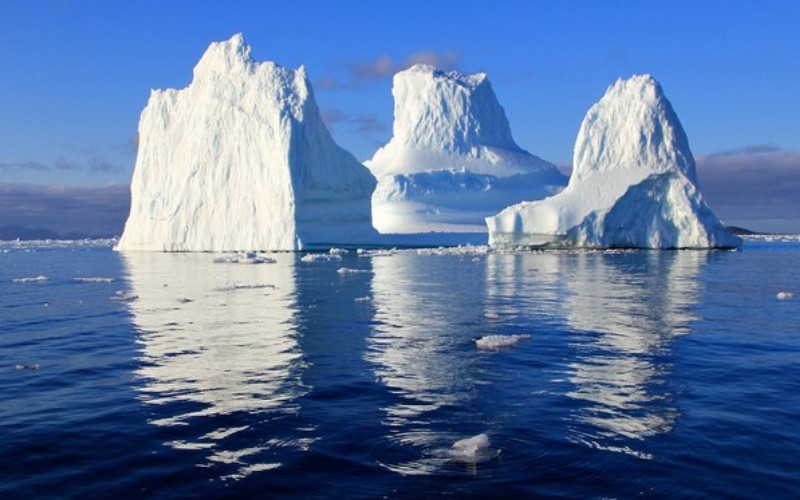Washington: Climate change is causing Greenland’s massive ice sheets to melt much faster than previously thought and maybe it is “too late” to do anything about it, according to a new study.
The findings could prove disastrous for the planet’s low lying islands and coastal cities, reported CNN.
According to the study, 40 to 50 per cent of the planet’s population lives in areas vulnerable to rising seas and eight of the Earth’s 10 largest cities in the world are near the coasts.
Speaking about the study, the Ohio State University’s professor of geodynamics and lead author of the study Michael Bevis said that the research found humanity may have passed the point of no return when it comes to combating climate change.
“The only thing we can do is adapt and mitigate further global warming — it’s too late for there to be no effect,” he said adding, “this is going to cause additional sea level rise. We are watching the ice sheet hit a tipping point”.
Greenland’s ice has historically been melting in cycles due to natural weather phenomena but rising temperatures have increased the trend, he said. The reason for the massive melt is because “the atmosphere is, at its baseline, warmer”, he added.
A study, published last month in the scientific journal Nature, found that Greenland’s ice sheets which contain enough water to raise global sea levels by 23 feet — have been melting at an “unprecedented” rate, 50 per cent higher than pre-industrial levels and 33 per cent above 20th-century levels.
The Bevis led study, published Monday in the Proceedings of the National Academy of Sciences, analysed GPS data from Greenland’s coast to more precisely understand previous research from a joint project between NASA and the German Aerospace Center. The study had found that Greenland sheds approximately 280 gigatons of ice per year, causing global sea level to rise by 0.03 inches (0.8 millimetres).
Bevis and his co-authors found that by 2012, the rate of ice loss had accelerated to nearly four times what it was in 2003. They also found this acceleration largely took place in Greenland’s southwest.
“We knew we had one big problem with increasing rates of ice discharge by some large outlet glaciers,” Bevis said. “But now we recognise a second serious problem: Increasingly, large amounts of ice mass are going to leave as meltwater, as rivers that flow into the sea,” he added.
[source_without_link]ANI[/source_without_link]

